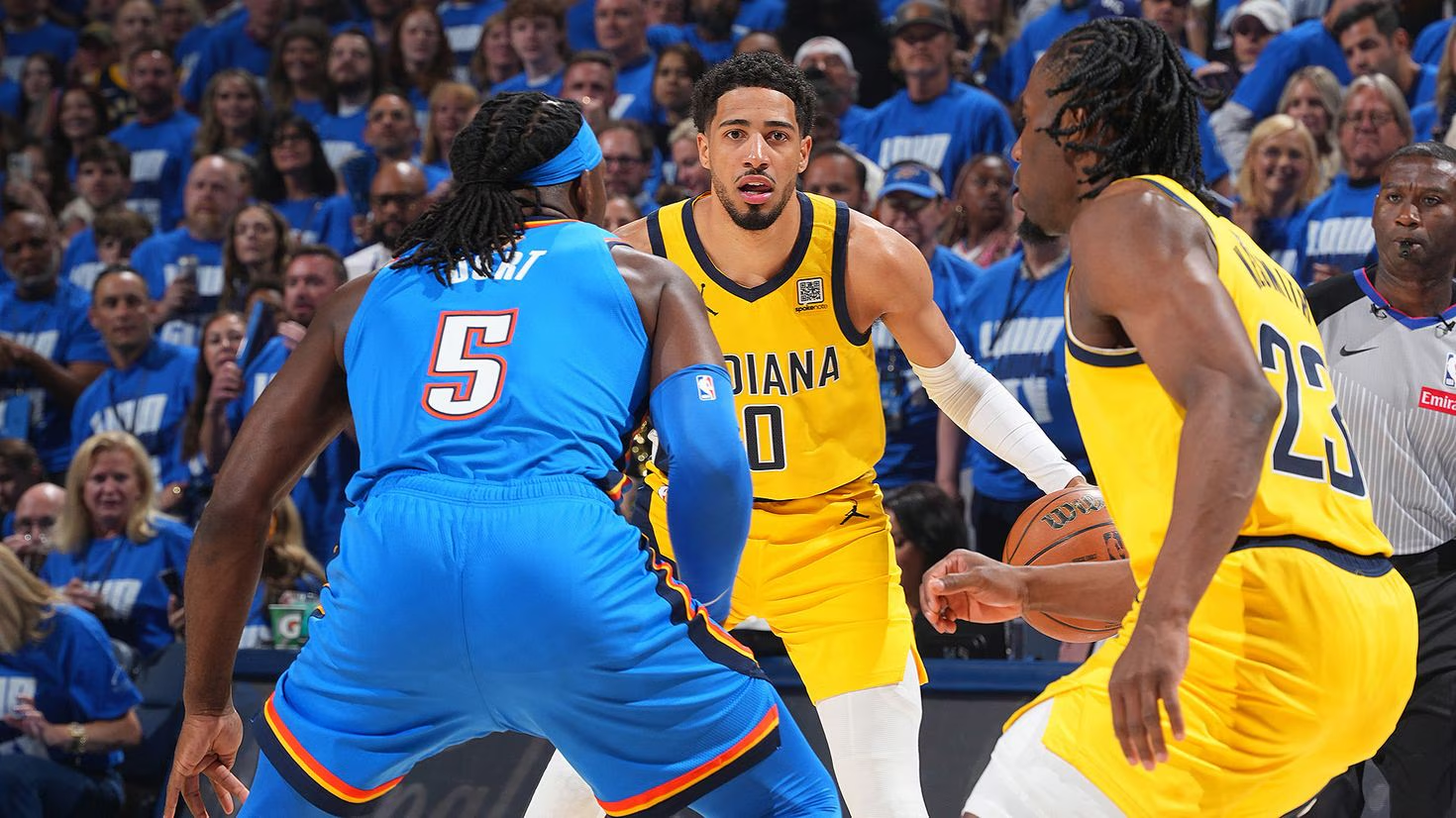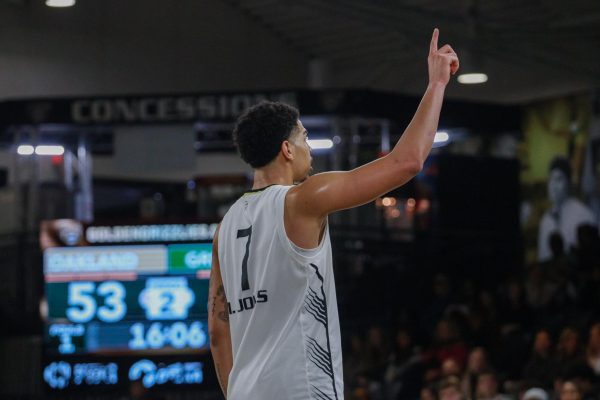Column: Concussions becoming part of new football culture
In Roman times, gladiators would be pitted against each other for social superiority. Thousands would cheer in coliseums. As a gladiator was close to death, the masses would pronounce their lust for blood. With a thrust, their wish was granted, one gladiator was defeated and deceased.
Doesn’t this scenario seem familiar? Played out predominantly on Saturday and Sunday, tens to hundreds of thousands gather around to watch men whom the fans, media and athletes themselves, deem “gladiators.” They battle each other to physical limits in pads likened to armor.
While this is not a matter of life and death, that status seems to be quickly approaching. When it does, will you be cheering?
There have already been an NFL record 46 concussions reported according to official team injury reports this year, through only the first six weeks.
Coming into the beginning of the NFL season, this was recognized as an issue, with the league implementing a new baseline to test players’ motor responses after a head injury. Helmets now have increased padding. If a player reported concussion-like symptoms, he was ordered to be examined by an independent neurologist and not be allowed on the field until he was cleared of all symptoms.
This policy has already been shattered as Washington Redskins tight end Chris Cooley played with a concussion in a Week 6 contest against the Indianapolis Colts. He went through the NFL’s new post-concussion policy tests and was cleared for play in Week 7.
For anyone watching Cooley in action against the Chicago Bears on Sunday, you could see him wobble after two early catches.
Cooley, in my mind, is a reminder that 46 reported concussions is not doing justice to what the real number of players suffering from head injuries might be. These are tough men, made to feel superhuman. If their legs can work, they’re going to try to play.
The NFL received much criticism last week for putting in a new fine and suspension policy for “flagrant hits.”
Instead of ruling on a subjective matter like the nature of a hit, the NFL should look deeper into supplements that players put into their bodies. A full-on investigation into performance enhancing drugs, plus stricter enforcement may provide a more clear answer into this rash of injuries and concussions plaguing the league.
To me, one player exemplifies this new concussion riddled era — Detroit Lions linebacker and fan favorite, Zack Follett. On Nov. 1, 2009, the Lions lost to the St. Louis Rams in front of a justifiably lifeless Ford Field. The biggest roar of the game came when Follett flattened Rams kick returner Danny Amendola.
Two weeks ago, the already concussion-plagued Follett was carried off the field at Giants Stadium, immobilized. A scary scene after he led with his head, attempting to make the same big hit on a kick return that got him so many cheers at Ford Field last season.
Follett is a victim of today’s football culture and himself. It has become more and more like Roman times and the coliseum crowd is calling for blood. The players want to answer.
With concussions piling up at a rapid pace, players are getting stronger, faster and more rebellious of any effort by the NFL to curb their style.
The coaches and fans are becoming more demanding of these gladiators. At this pace, a player death from an on-field impact may be what it takes to snap the culture back to reality.
Let’s hope that day never comes, but if it does, the coliseum won’t be cheering for more.





